12 Things to Care for in Scleroderma
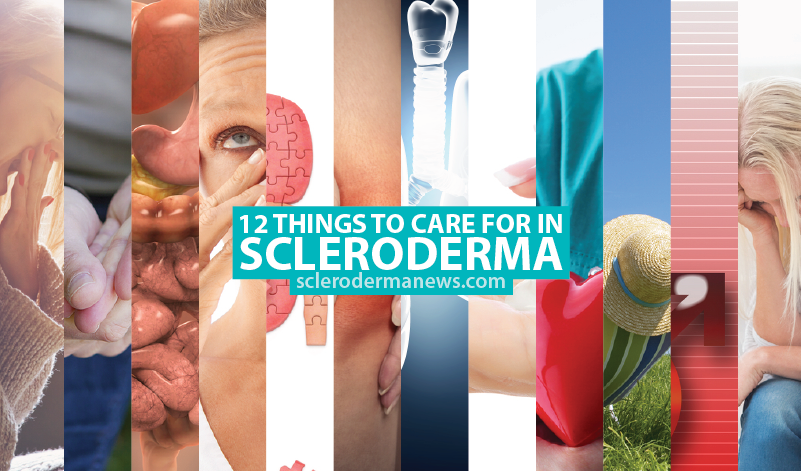
According to the John Hopkins Scleroderma Center, scleroderma has a big impact on your body, both emotional and physical. There are a number of the parts of your body that may be directly or indirectly affected by scleroderma and should be watched. Since scleroderma varies from people to people, these effects may vary and may not even occur in some cases. These will also help classify the type of scleroderma: limited scleroderma or diffuse scleroderma.
1. Skin

It is important to assess if there is skin damage and its level of involvement. For that, the physician usually performs a skin score by palpation in order to assess the degree of thickening.
At least seventeen areas are evaluated and scored from normal (0) to severe (3) and summed up. The physician will look at the feet, lower leg, upper leg, abdomen, chest, face, upper arms, forearms, hands and fingers.
2. Kidneys
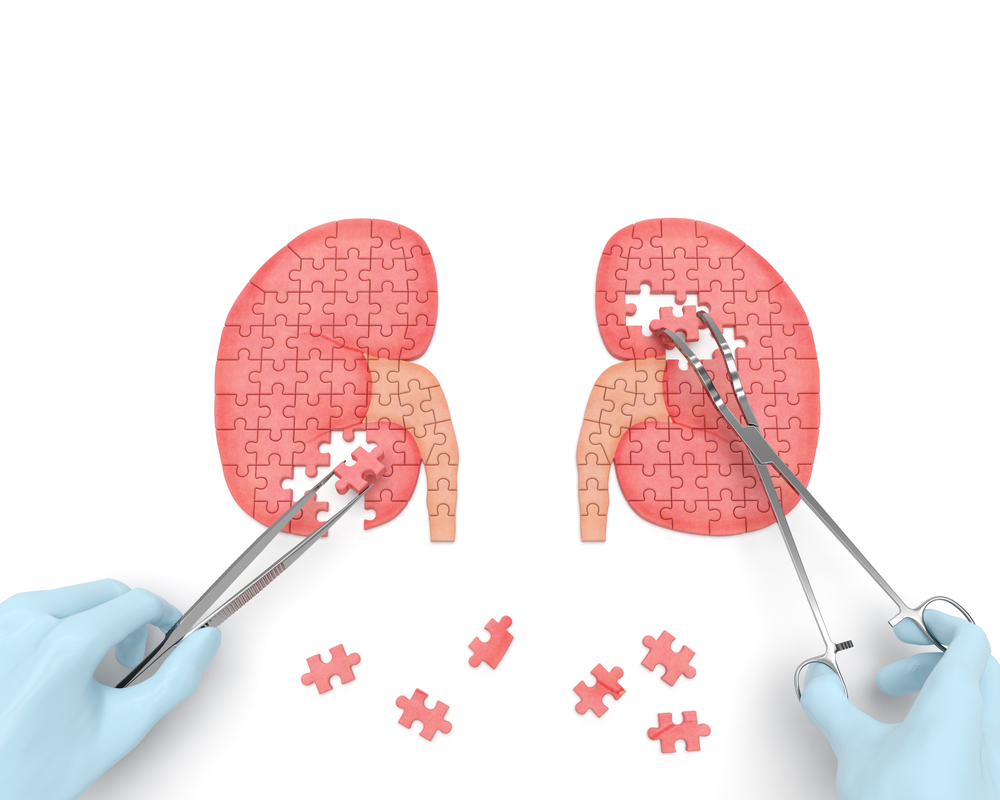
Diffuse scleroderma patients have a higher risk of kidney disease (also known as scleroderma renal crisis). Evidence shows that the renal blood vessels may suddenly constrict (known as the Raynaud’s phenomenon of the kidney).
This condition often appears as new systemic hypertension which may be asymptomatic. If this is the case, check your blood pressure regularly.
3. Lungs
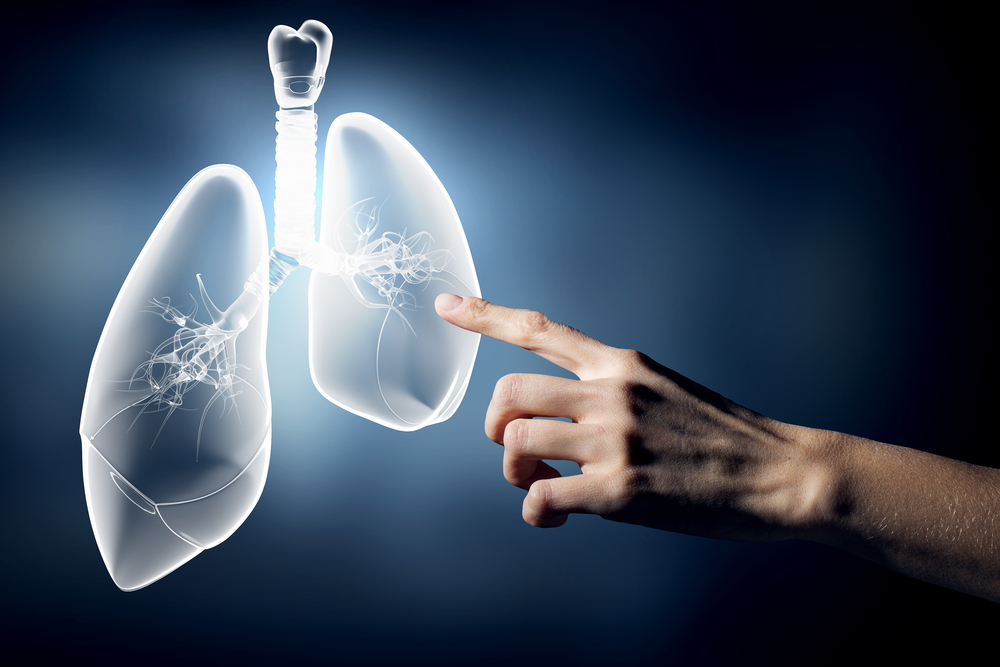
During the disease process and progression, the blood vessels and lung tissue may be affected. Therefore, it is usually recommended to do a full set of pulmonary function tests such as spirometry, lung volumes, and diffusing capacity.
It is often challenging to determine the lung involvement in patients with scleroderma because of the possible absence of symptoms.
4. Heart

Usually, scleroderma patients don’t have serious heart conditions, but it is still necessary for care in this area. Non-scleroderma causes of heart disease are more regular and need to be prevented and assess when possible.
In scleroderma, heart disease is often asymptomatic, until the late stages of disease. The heart may be affected by scleroderma microvascular disease, tissue fibrosis, pericardial disease and inflammation of the heart muscle (myocarditis).
5. Gastrointestinal Tract
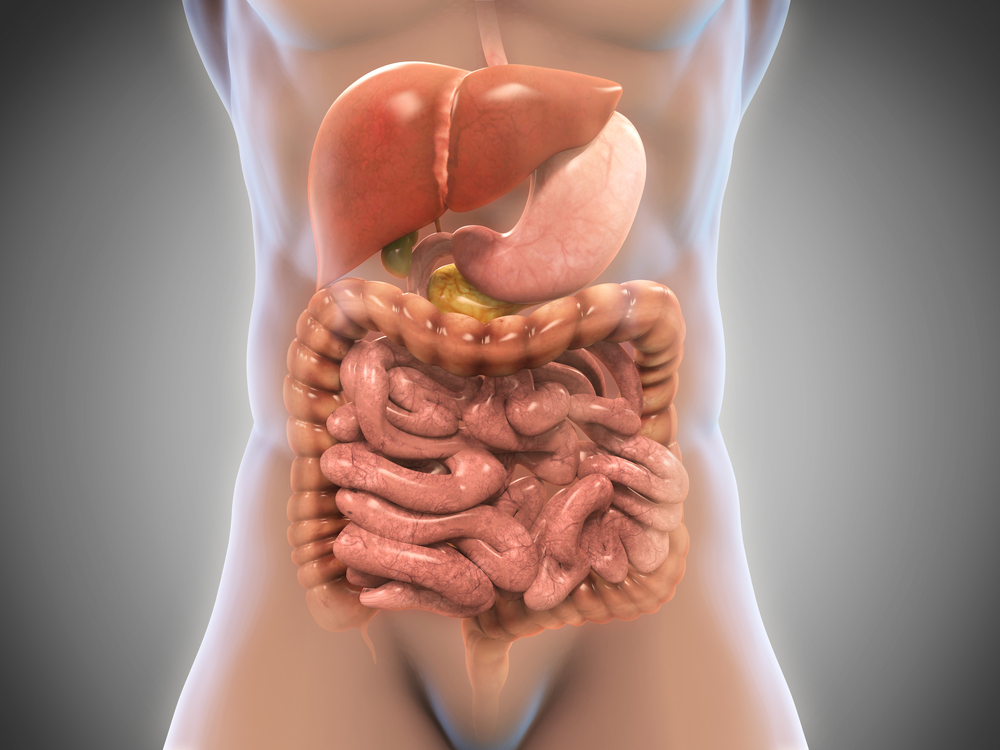
Research suggests that the involuntary muscle of the GI tract (smooth muscle) can be affected in patients with scleroderma.
When this happens, it causes an abnormal motor function of the small or large bowel, stomach, and esophagus.
Therefore, the patient may feel all or some of these symptoms: difficulty with swallowing, heartburn, dyspepsia, delayed emptying/early stomach filling, diarrhea, and constipation.
6. Dry Eyes and Mouth

In scleroderma patients, one very common complaint is the feeling of dry membranes of the mouth and eye.
This is caused by a dysfunction of tear or salivary glands secondary to an autoimmune process or tissue fibrosis.
7. Joint and Muscle
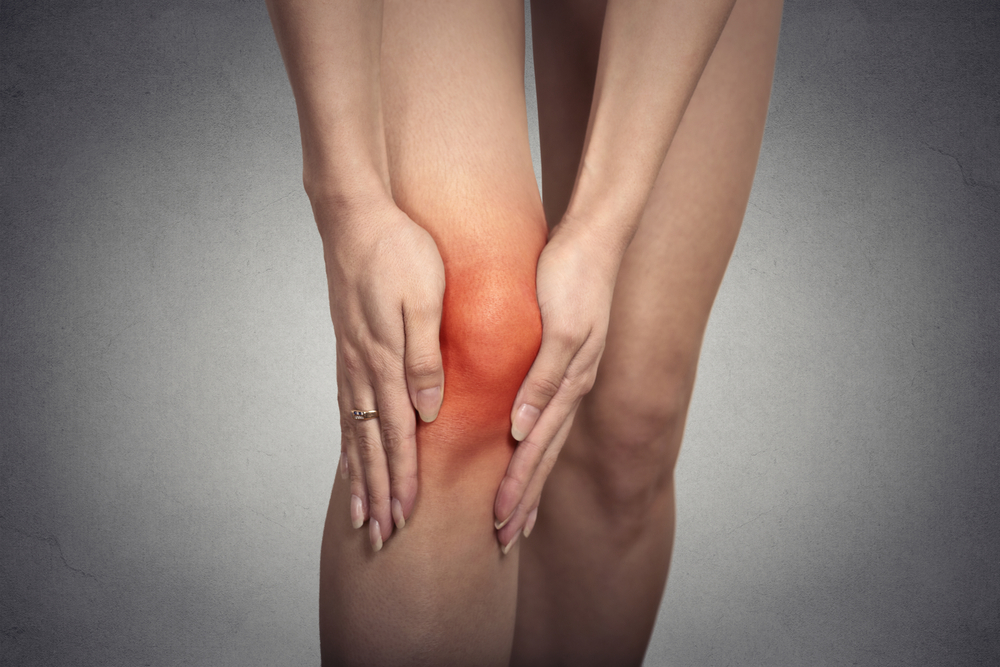
Since musculoskeletal pain is common in rheumatic diseases, scleroderma is no exception. Physical examination may detect arthritis but muscle disease may be asymptomatic until weakness occurs.
8. Raynaud’s Phenomenon

Cold intolerance and Raynaud’s phenomenon are seen in most of the scleroderma patients.
Winter months usually worsen these symptoms and complications such as digital ulcerations are more likely to appear.
9. Constitutional Symptoms

Constitutional symptoms such as low energy and fatigue are common specially when the disease is in its active phase. Also the patients might find it difficult to sleep normally since sleep is often disrupted by pain, depression, fear of the illness, skin itching and/or specific internal organ dysfunction (e.g.shortness of breath from heart or lung failure or heartburn from gastrointestinal reflux).
Also, note that the lack of sleep amplifies considerably the symptoms during the daytime (like diffuse soft tissue pain and fatigue).
10. Psychological

Although scleroderma does not seem to cause central nervous system dysfunction, it is associated with some mood disorders (depression), altered self-image and sexual dysfunction.
Some of these symptoms are often unspoken by the patient because of the embarrassment or the fear of appearing psychiatrically ill or discovering an emotional illness.
11. Sexual Function

Usually, sexual function is debilitated in scleroderma but it is rarely managed or discussed.
Erectile dysfunction is probable among men and dryness of the vaginal area is common among women.
12. Quality of Life

Acknowledging the physical, social and emotion take of scleroderma and adapting yourself to your new needs can improve your quality of life.
Learn more about scleroderma here: https://bit.ly/learnscleroderma






